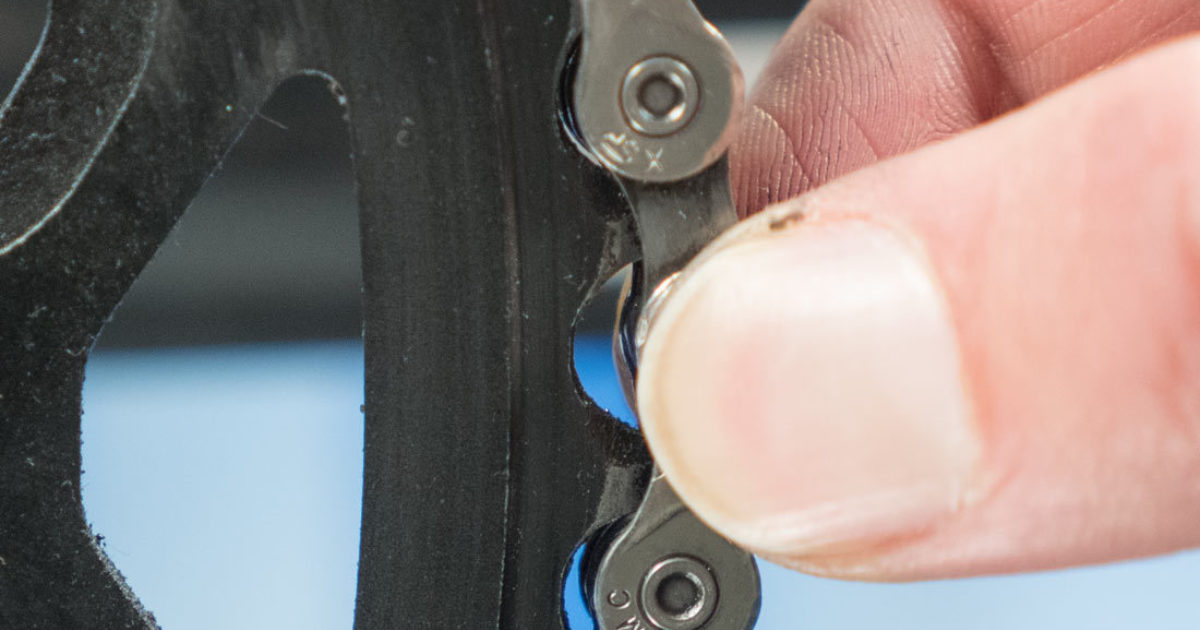TheEqualiser
Active Member
Great site for people to understand their gear ratios and options.As a prior road rider and cycling coach, yes, the benefits are exponential, The most imp. is the health benefit , for the whole circulatory system, blood gets oxygenated a lot better , it goes in all the tissues , very good for all the body organs. If you pedal at least 90min. @ 85-90rpm ,maybe 85avg. for the next few days and beyond the benefits are amazing. Every day a 90min. ride like that is very good !
The growth hormone levels will go way UP, testosterone too...nothing but great health
The opposite with low cadence is bad and many cyclists develop problems due to that pedaling style.
This skill can be trained , 30sec. first, then 1min. 5-6repeats @ 75rpm then 80rpm and higher. Could go all the way to 110 or 130rpm once you master it. After a few tries, you will get the hang of it and start spinning naturally faster.
On my present ebike i had the chain +cassette changed after about 11.000kmiles. For my road bikes @20.000miles. But that's @ 95rpm avg. cadence.
This is a rpm chart, very useful for racingor just to learn about speed/cadence.
Bicycle Gear Cadence Speed Table | BikeCalc
Calculate cycling cadences at a specified speed given chainring, sprocket, tire and wheel sizes.www.bikecalc.com
Don't grind the gears , don't mash them on the steep or low incline hills , shift before and shift often.
Great advice from Stefan ! I don't have his skills to explain it so well and describe this as perfect as him
I have a similar chart for my own bike that I created in Excel. I then have a little abbreviated table that I have printed out and displayed on my bike as follows:
as an aide memoire as to what gear I should be in at a certain to achieve a cadence of 90. That way you can trust your legs to tell you when to change gear but you can always check that you didn't change too soon.
Also, my bike is a hub drive and I disagree to some extent with the suggestion that hub drive motors prevent "spinning" - it rather depends what speed you want to achieve and what PAS level you are at. On my bike it is perfectly simple to reduce the PAS and therefore the maximum speed that it will provide assistance to and correct gear choice still allows for "correct" cadence. I also spend most of my ride just above the maximum speed that PAS will offer assistance so I am just using the PAS to get me to the speed and cadence to keep me there.



